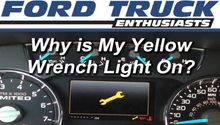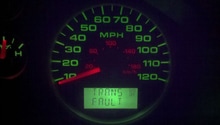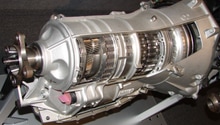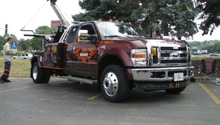Ford F-150/F-250: Warning Lights
A warning light could be a warning for something seriously wrong in your Ford F-150 or Super Duty.
This article applies to the Ford F-150 (2004-2014) and F-250 Super Duty (2005-2014).
Today’s vehicles are very sophisticated. They can warn us in advance of potential problems. The more sophisticated vehicles become, the more systems they have that can potentially fail. By being alerted with a warning light, you may avoid a breakdown or potential system failure. Most of the time the warning does not result in a costly repair or a serious problem. The problem can be as easy as a loose gas cap. Nor does the warning mean you have to spend a lot of time and money seeking a diagnosis. In this article, we address warnings by severity, investigate the most common warnings, and even provide you with an easy way to find out what’s wrong.
Like traffic lights, warning lights link severity with color. Red means danger or potential severe failure, orange and yellow are cautionary in nature, and green and blue are more like friendly reminders. Because dash boards are limited in space warning lights are displayed as symbols. These symbols are universal in nature as they must span many languages. The symbol often relates to the area of the vehicle where the warning is originating. For instance, the engine warning symbol looks like an engine.
Using a symbol is much easier than displaying text.
Newer vehicles have display technology that leads you to more information on warnings. As for older vehicles (post 1991), you can diagnose the warning via the universal connector that accesses the information stored in the vehicle.
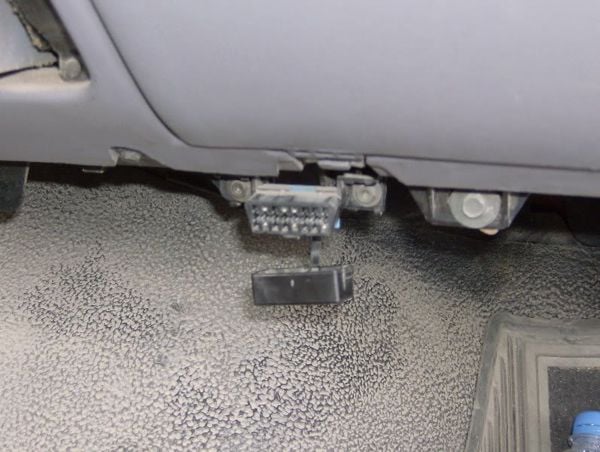
This connector is usually located under the dashboard where it faces the passenger compartment for easy access. Modules are available that plug into these connectors and communicate with your cell phone via Bluetooth wireless communication. I use Torque which is an app that you can download for $4.95, and the Bluetooth scan tool is approximately $30. This saves a lot of time and money. Autozone offers a scanning service at no cost. The data provided by the module is in the form of codes. Once you have the code, it can easily be researched via the internet in order to obtain more information on the vehicle it came from.
Not only can you obtain the reading from the connector, you can reset the reading as well. You can also use Torque to get various instrument readings such as RPM, speed, oil pressure, and engine temperature.
The 2014 Ford F150 owner’s manual lists the warning lights on page 82. Here are some of the ones that require immediate attention:
Engine
If the service engine soon indicator light stays illuminated after the engine is started, it indicates that the Onboard Diagnostics (OBD-II) system has detected a malfunction of the vehicle emissions control system.
If the light is blinking, engine misfire is occurring which could damage your catalytic converter. Drive in a moderate fashion (avoid heavy acceleration and deceleration) and have your vehicle serviced immediately.

ABS
An ABS warning indicates something in the Automatic Brake System is failing. It could be a sensor, a blockage of some sort, a loose wire, or a brake component failure. Check this one out immediately as a damaged ABS system could result in the vehicle skidding when applying the brakes.
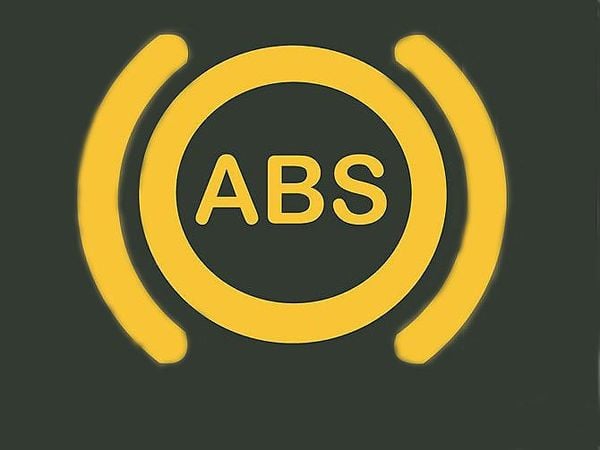
Charging System
A charging system warning usually relates to the alternator or the battery. Most vehicles have a volt meter in addition to this warning light. The volt meter reads above 13 volts for a healthy system. Anything less than 12 volts means the system should be checked immediately.
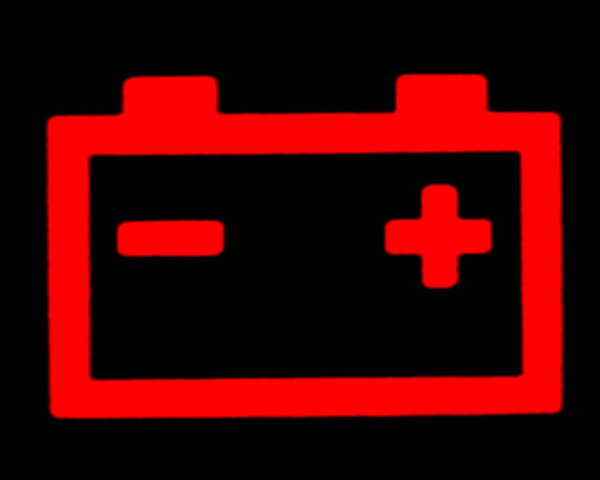
Engine Coolant
An overheated engine is very detrimental to a vehicle. The more sophisticated vehicles will shut down cylinders in an attempt to lower the amount of heat being put into the engine. Still, it is best to check the source of the problem immediately. NEVER OPEN THE CAP ON A HOT radiator. Instead, check the plastic reservoir fluid level and inspect the system for leaks. Steam coming from anywhere under the hood or dashboard also indicates a cooling system leak.
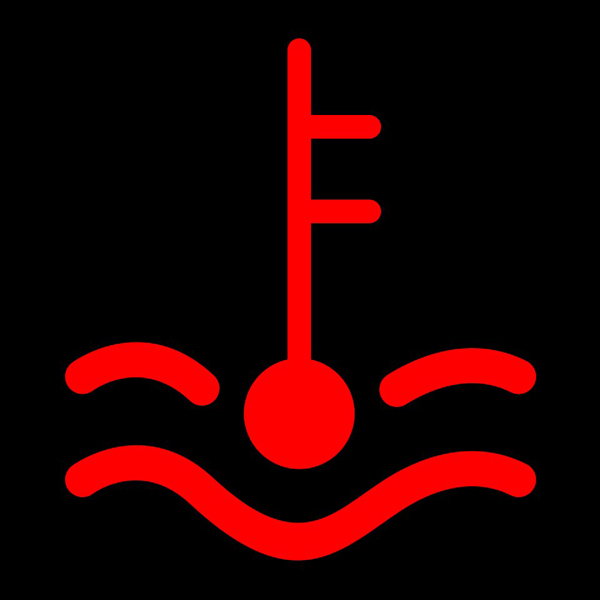
Powertrain Malfunction
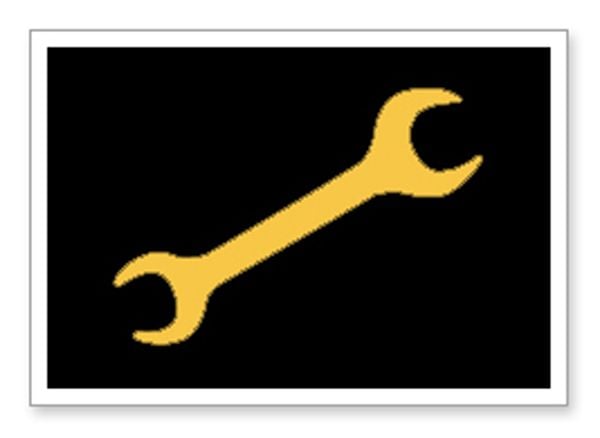
Parking Brake
The parking brake indicator means you left the parking brake on. Driving with the parking brake on could result in overheating and premature wear on the brakes.
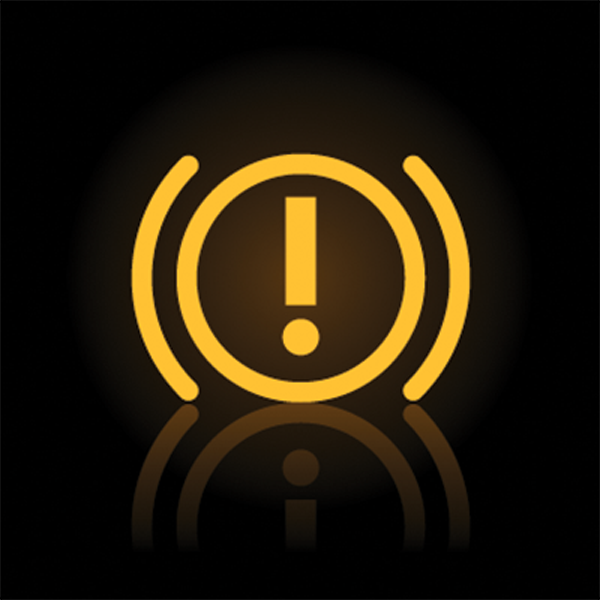
Engine Oil Pressure
An engine’s oil is like a human’s blood, it needs to be a certain level and circulating well. This warning light indicates a severe problem within the engine. Shut the vehicle down and don’t move it until this problem is identified and repaired.

Door Ajar
If this symbol is lit, check all of the doors for proper closure.
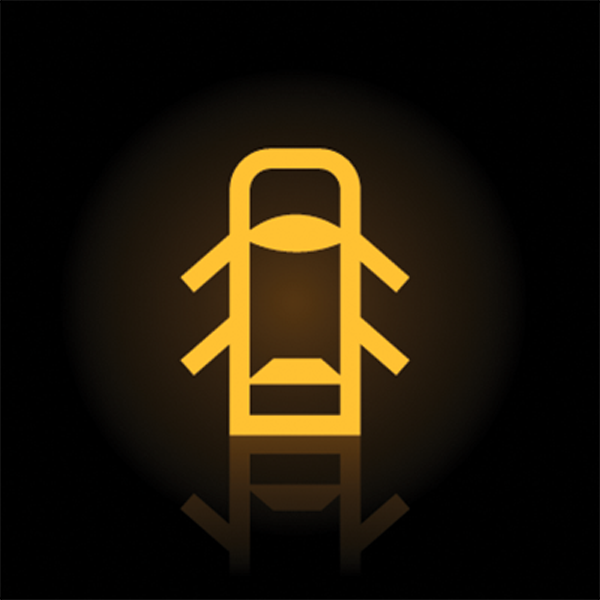
Low Fuel
This indicator helps you to avoid running out of gas and perhaps damaging the electric fuel pump. Fuel pumps that run dry may literally beat themselves to death.

Low Tire Pressure
Low tire pressure can cause heating and blowouts. Diagnose and repair a low tire immediately.
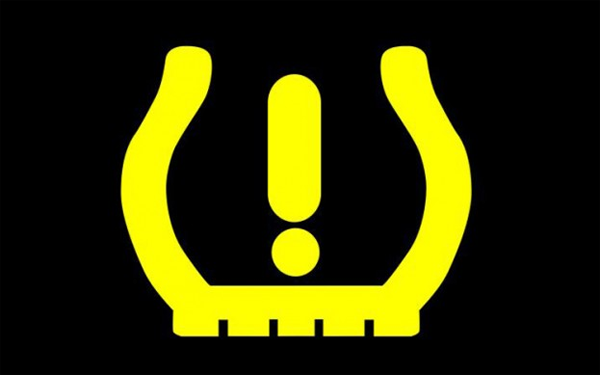
4X4 Warning
Indicates when the four-wheel drive is engaged. (4x4 high, 4x4 Low, 4x4 Auto). If the light stays on or failed to display when engaged, have the sytstem serviced immediately.
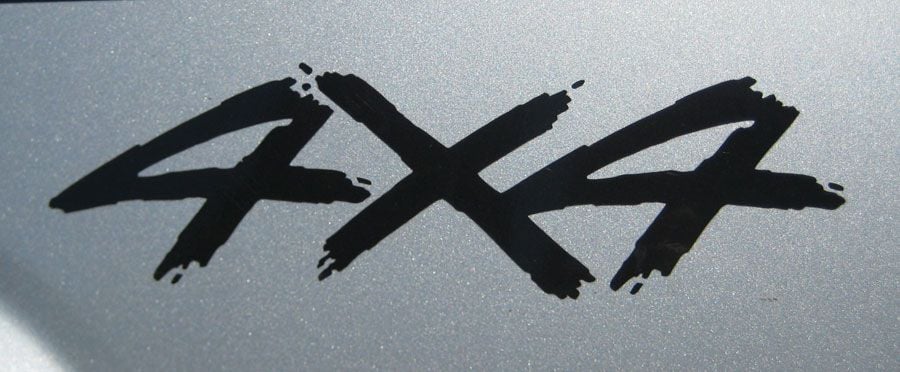
Related Sites
- Owner's Manual - www.fordservicecontent.com
- Common Dashboard Symbols - www.dashboardsymbols.com

